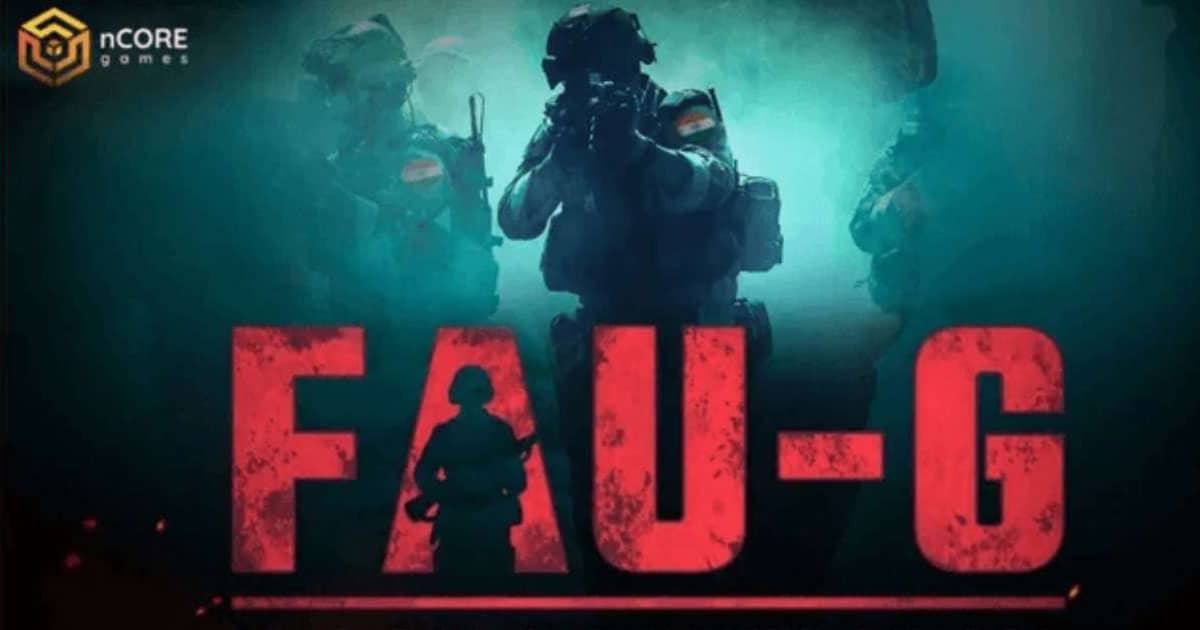India’s most awaited mobile action game nCore games’ Fearless and United Guards, or FAU-G, has been finally launched on India’s 72nd Republic Day, January 26. Within no time, the game crossed 5 million registrations on the Google Play Store, with one million people registering in just the past week.
A soldier is called Fauji in Hindi. The same implication has been used in this game which is trying to portray the life of an Indian Soldier and how faujis are fighting for us on the border said Vishal Gondal, nCore Games CEO and co-founder to the media.
FAU-G will be very different from any other action game, allowing players to not only step into the shoes of Indian soldiers but also contribute to them. The game will donate 20 percent of its revenue to the ‘Bharat ke Veer’ foundation.
FAU-G will also be completely free-to-play, while in-game purchases will allow users to customize their player avatars with skins and other stuff. The game also lets players purchase official FAU-G merchandise from within the app itself.
What’s even more thrilling is that the first episode of the game will be based on the Galwan Valley in Ladakh. The setting has been chosen with the intent to follow a theme.
Gradually the creators plan to incorporate many of India’s previous historic border clashes into future episode storylines such as the Kargil incident, the India-Pakistan war of 1971, and the surgical strikes of 2016, among others.
The significance of Galwan Valley
From 5 May 2020, Chinese and Indian troops engaged in aggressive melee, face-offs, and skirmishes at locations along the Sino-Indian border, including near the disputed Pangong Lake in Ladakh and the Tibet Autonomous Region, and the border between Sikkim and Tibet. Additional clashes also took place at locations in eastern Ladakh along the Line of Actual Control.
About late May, Chinese forces objected to Indian road construction in the Galwan River valley. According to Indian sources, melee fighting on 15/16 June 2020 resulted in the deaths of 20 Indian soldiers (including an officer) and casualties of 43 Chinese soldiers (including the death of an officer). Media reports stated that soldiers were taken captive on both sides and released in the coming days. On the Indian side, ten soldiers were reported to have been taken captive.
On 25 July, reports emerged of disengagement at Galwan, Hot Springs, and Gogra. As of 30 July, disengagement remained incomplete at Pangong Tso and at PP 17A Gogra while “complete disengagement and de-escalation” between India and China remained. The Indian Army has maintained that it will continue enhanced deployment of troops even through winter if the disengagement process is incomplete.


